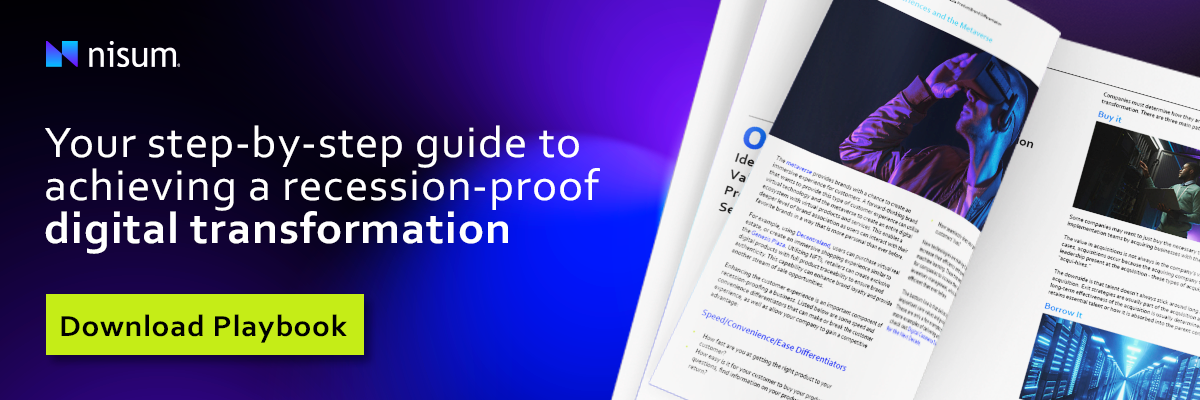 Picture Credit: Shutterstock
Picture Credit: Shutterstock
Multi-cloud infrastructures are not an option but rather a necessity for organizations to benefit. They offer innovation across different platforms and keep costs under control at the same time. This blog will highlight the multi-cloud challenges and approaches organizations need to use to succeed.
Companies Need To Adapt a Multi-cloud Strategy
Many companies have embarked on cloud adoption roadmaps but get stuck on how best to implement multi-cloud solutions. The primary drivers to move away from on-premises workloads are typical to avoid continuous hardware investment and reduce operational costs.
Cloud-based service providers offer a Pay-As-You-Go (PAYG) price model with access to infinite capacities. This model can instantly allow for the provisioning of cloud resources.
Cloud-based services also give clients the added benefit of choosing from an extensive array of cloud services to meet their business needs.
Choice of a cloud service provider(s) is usually ingrained deeply into IT Strategy. Unfortunately, these decisions are made by choosing just a single cloud provider. The reason is that, in the short term, most companies aim only to migrate their on-premises workloads to the cloud using a hybrid approach, and they do not think beyond that migration.
Five Multi-cloud Strategy Challenges
Companies need to take a broader viewpoint and use a multi-cloud strategic mindset to ensure future success. To do so, they need to know what challenges lay ahead. Here are five inherent obstacles to keep in mind when planning a multi-cloud strategy:
- Cloud expertise is required: Build out separate teams with expertise on different cloud platforms
- Solid architecture is vital: Design an architecture that spans across multi-cloud platforms
- Plan for a life cycle: Make sure to include build, support, and monitor processes and staffing needs for multi-cloud environments
- Keep security in mind: Implement a centralized Identity Management and Certificate Management framework
- Remember connectivity is important: Fast, resilient, and cost-effective network connectivity must support the organization's distributed workloads across multi-cloud platforms
Five Key Multi-cloud Strategies
Once challenges are identified and assessed, organizations need to consider the following five recommendations when transitioning from a single cloud platform to multi-cloud platforms.
1. Use Cloud Agnostics Tools
It's better to use cloud-agnostic tools and avoid using solely cloud-native tools. Significant advantages of this approach are:
- Teams can learn and build expertise around a confirmed toolset.
- Reusable cloud infrastructure components may be developed using a single cloud agnostic tool.
- New cloud provider adoption is relatively easy and fast.
- IT infrastructure is not locked into just one solution.
2. Take a PaaS First Approach
One benefit of cloud solutions is that provisioning resources are more accessible and faster than on-prem workloads. It is better to focus on Platform as a Service (PaaS) services and not worry about the nuts and bolts of the cloud infrastructure. Software building teams can concentrate on the end product's functionality rather than worry about the underlying infrastructure. This helps the infrastructure team's lifecycle management of cloud resources which translates into better ROI.
3. Choose Service(s) According to Business Needs
One significant benefit of deploying a multi-cloud strategy is using best-in-class services to match targeted budgets. The major cloud providers (AWS, Google, Azure) all have similarities and advantages, depending on the different offerings. Companies must carefully analyze which service offering best suits their use case(s).
4. Deploy Identity, Certificate Management, and Logging / Monitoring Solutions
Emphasis should be placed on centralized Identity Management, governed by organizational policy and self-service workflows. Identity Management is a foundational component while building out your multi-cloud strategy. Using a single Identity Management solution that supports both legacy on-prem workloads and multi-cloud environments is crucial.
The same logic applies to Certificate Management. It is better to have a single solution that supports multiple clouds and on-prem workloads rather than having it decentralized per environment.
The amount of structured and unstructured logs generated by modern applications and systems are so huge that it's almost always better to use cloud-native solutions to host these logs locally within each cloud environment to avoid egress charges. This can enable a single organizational view.
5. Use Efficient and Unique Naming Standards
As workloads spread across various cloud platforms, organizations need to review their naming convention standards. Here are three key points to keep in mind:
- Resource name limits because cloud platforms generally have size limits defined for the resource name
- Naming conventions should include a prefix that makes the resource name unique
- Resource names should be quickly identifiable (i.e., where each environment is and where resources belong)
Key Strategic Multi-cloud Takeaways
Organizations need to consider the critical elements mentioned above in their cloud journey to ensure better scalability for all enterprise infrastructures to meet business needs.
The earlier these decisions and plans are made, the better performance will be, thus saving the organization a considerable amount of time and effort and increasing productivity and eventually ROI.
Nisum Knows How To Scale the Cloud Strategically
Nisum has deep in-house cloud knowledge and expertise available for you to help with planning, designing, and executing successful cloud strategies. Whether you are just starting on your cloud journey or need to improve existing architecture, working with IT services companies such as Nisum's Digital Services can help you plan, optimize, and align your infrastructure to your needs.
Contact us to learn more about how Nisum can make your cloud journey a success by implementing best practices across your organization's teams, programs, and portfolios.





